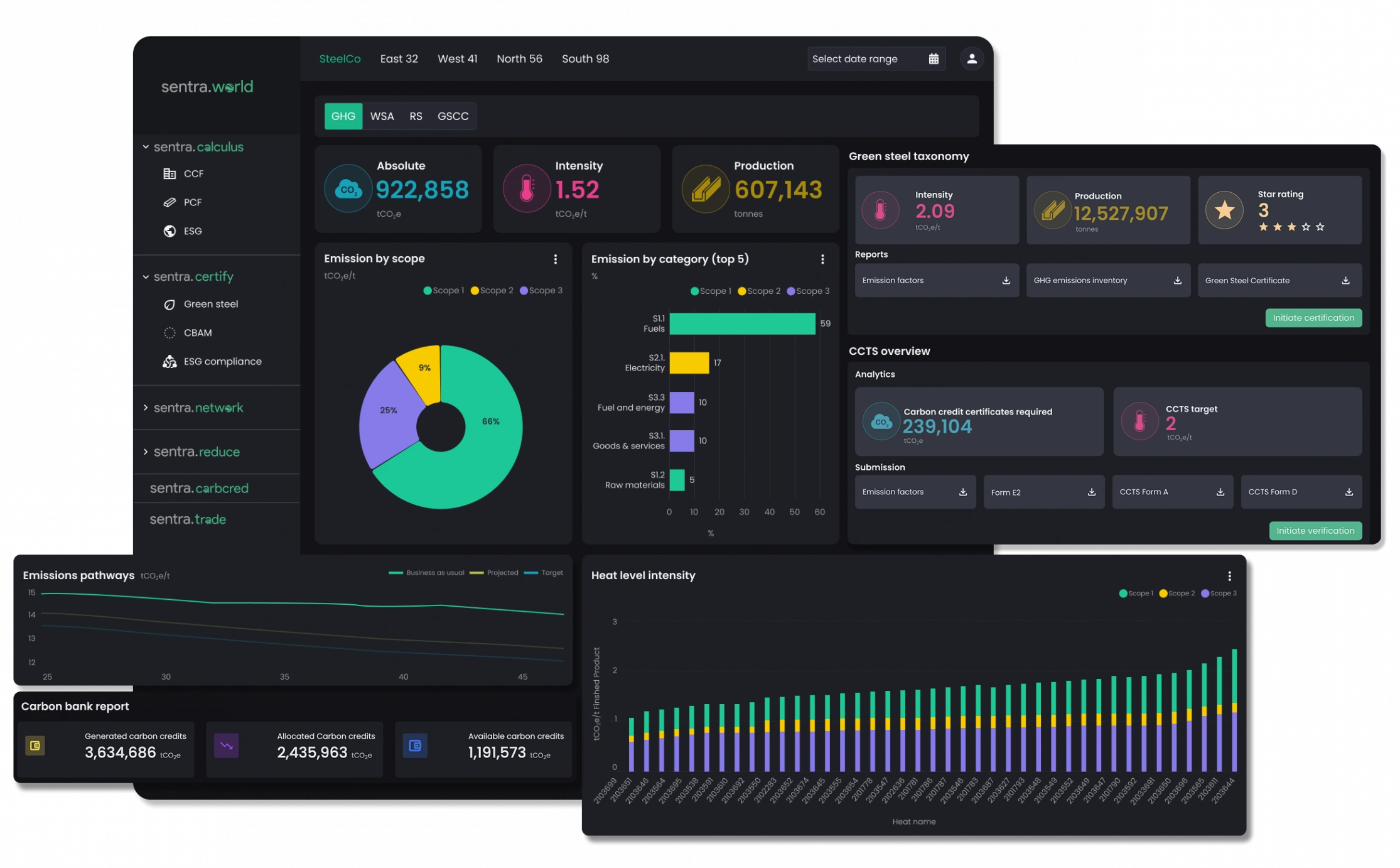Let’s be honest. For decades, a factory’s success was measured in output, efficiency, and profit. The smoke from the stack? A sign of progress. The hum of machinery running on cheap energy? Pure music. But the tune has changed. Dramatically.
Today, that smoke has a cost. That energy hum carries a weight. Carbon accounting is no longer a niche, “nice-to-have” for eco-conscious brands. For manufacturing companies, it’s fast becoming the fundamental ledger of the 21st century—a way to measure, manage, and ultimately master your environmental footprint. It’s about turning invisible emissions into visible strategy.
What Exactly Is Carbon Accounting? (It’s Not as Scary as It Sounds)
Think of it like financial accounting, but for greenhouse gases. Instead of tracking dollars and cents, you’re tracking carbon dioxide equivalent (CO2e). You’re essentially building a balance sheet for your company’s impact on the planet.
The goal is to get a full, honest picture of your carbon footprint. This isn’t about shaming; it’s about understanding. You can’t manage what you don’t measure. And for manufacturers, the things to measure are everywhere.
The Three Scopes: Your Emissions Blueprint
The backbone of any carbon accounting framework is the concept of “scopes.” These categorize emissions based on where they come from. Getting a handle on them is your first, most crucial step.
| Scope | What It Covers | Manufacturing Example |
| Scope 1 | Direct emissions from owned or controlled sources. | Fuel combustion in your boilers, onsite furnaces, company-owned vehicles. |
| Scope 2 | Indirect emissions from the generation of purchased energy. | Electricity, steam, heating, and cooling you buy from a utility. |
| Scope 3 | All other indirect emissions in your value chain. | Raw material extraction, transportation of goods, business travel, waste disposal. |
Here’s the deal for manufacturers: Scope 3 is often the giant hiding in plain sight. It can represent up to 80-90% of your total footprint. That means the carbon cost of the steel you buy, the shipping of your finished product, and even the end-of-life of your product all land on your ledger.
Why Bother? The Compelling Case Beyond Compliance
Sure, new regulations are popping up globally. But the benefits of robust carbon accounting for manufacturing companies run much, much deeper than just avoiding fines.
Unlock Massive Cost Savings: When you start tracking energy, you find waste. It’s that simple. Identifying energy-intensive processes often reveals opportunities for efficiency that directly boost your bottom line.
Win the War for Talent and Customers: The modern workforce, and your B2B clients, are looking for partners with purpose. A clear sustainability story makes you a magnet for top talent and a preferred supplier for major corporations cleaning up their own Scope 3 emissions.
Future-Proof Your Business: Access to green financing, resilience against carbon taxes, and a stronger brand reputation aren’t just bonuses—they’re the new pillars of business longevity.
Your Action Plan: Getting Started with Manufacturing Carbon Accounting
Feeling overwhelmed? Don’t be. You don’t need to boil the ocean on day one. Start with a focused, phased approach.
Phase 1: Measure & Map
First things first, you need data. And lots of it.
- Gather Utility Bills: Electricity, natural gas, water. This is your low-hanging fruit for Scope 2.
- Track Fuel Usage: For your fleet, forklifts, and onsite generators (Scope 1).
- Engage Your Supply Chain: Start asking your top suppliers for their environmental data. This is the beginning of tackling Scope 3.
You know, this data collection phase can feel tedious. But it’s like assembling the pieces of a complex puzzle. The picture starts blurry, then suddenly, it snaps into focus.
Phase 2: Analyze & Strategize
Once you have the data, the real fun begins. Where are your hotspots? Is it one specific production line? The type of material you source?
This is where you move from accounting to action. Set a baseline. Then, set realistic, science-based targets for reduction. Maybe it’s a 10% reduction in energy use by switching to LED lighting and optimizing compressed air systems. Or perhaps it’s sourcing 20% recycled aluminum by next year.
Phase 3: Reduce & Report
Implementation time. Invest in energy-efficient motors. Optimize logistics to reduce trucking miles. Work with suppliers to find lower-carbon alternatives.
And then, communicate your progress. Transparency builds trust. An annual sustainability report, even a simple one, shows you’re not just talking—you’re doing.
The Human Hurdles: It’s Not Just About the Tech
Honestly, the technology for carbon accounting is the easy part. The real challenge is often cultural. You might face internal resistance. “This isn’t our job.” “It’s too expensive.” “We’ve always done it this way.”
Overcoming this requires framing carbon not as a cost, but as a metric—just like quality, safety, or productivity. It’s a key performance indicator for a modern business. Get your floor managers on board. Make it part of the daily conversation. That’s how you embed it into your company’s DNA.
A Final Thought: The Factory of the Future
The manufacturing landscape is shifting beneath our feet. The factory of the past was defined by its output. The factory of the future will be defined by its outcome—not just what it produces, but how it produces it.
Carbon accounting is the lens that brings that new reality into sharp focus. It transforms an abstract concept like sustainability into concrete data, actionable strategy, and, ultimately, a competitive edge. It’s no longer just about being a greener company. It’s about being a smarter, more resilient, and more prepared one. The question isn’t really if you’ll start this journey, but how quickly you can master it.


